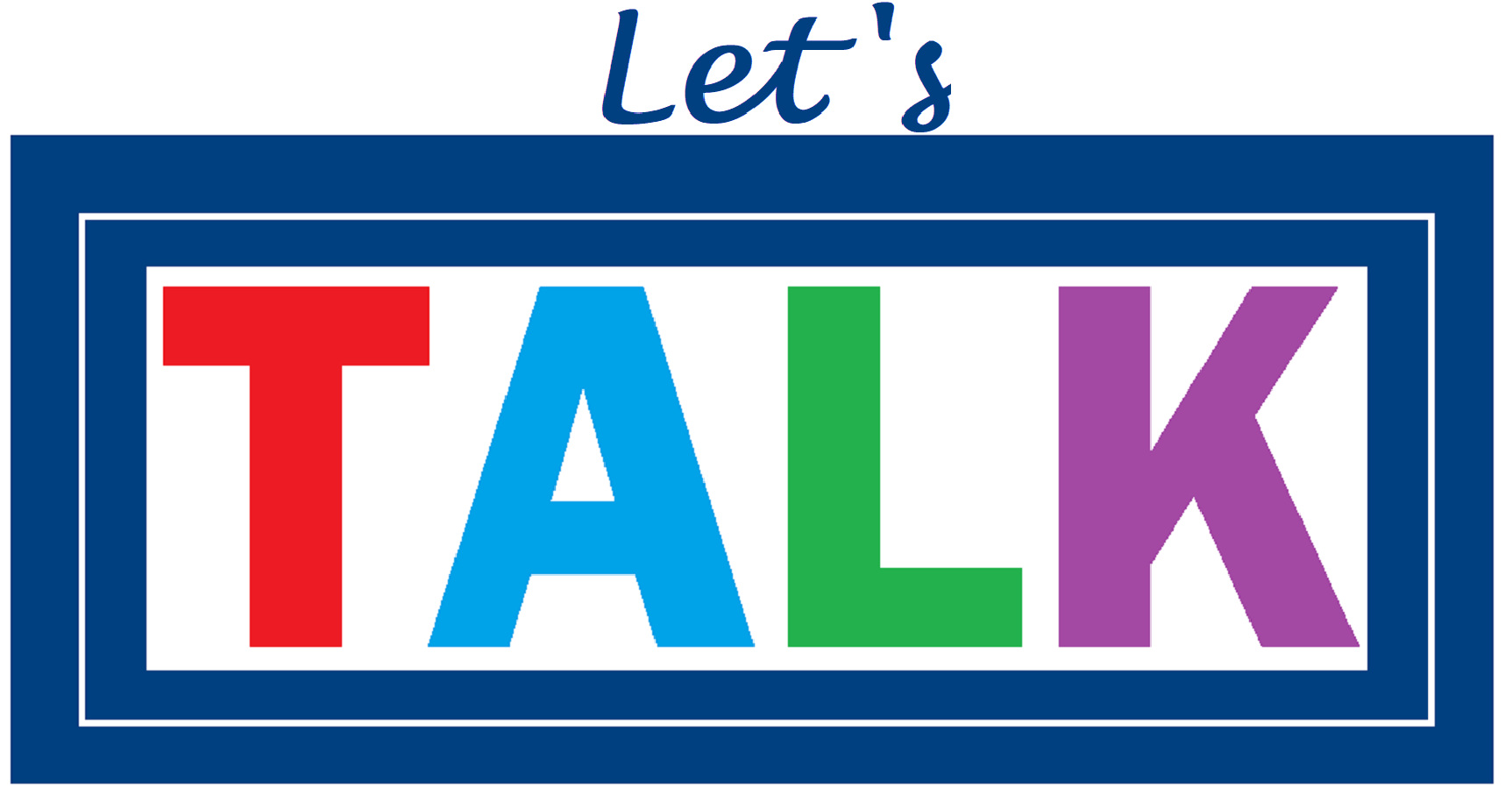by Jennifer Siskind
Mosquito populations are high. Flooding, frequent rains and hot temperatures have created habitats and active breeding cycles. Good mosquito management lowers health risks and improves backyard enjoyment now and next Spring. It’s easy with this inexpensive solution: 1. Remove standing water in your yard; 2. Follow Dr. Doug Tallamy’s $1 method to make “Bti Bucket Traps” to prevent future mosquitos from hatching.
Only female mosquitos “bite” or “feed.” They need protein from blood meals from animals to produce eggs. A female mosquito can produce up to 300 eggs in a single brood, and can produce several broods per season. That’s a lot of biting pests coming from just one mosquito.
Step one: Reduce stagnant water. Temporary bodies of water after flooding or rainfall are primary breeding grounds in inland areas. Mosquito eggs hatch in water and grow in the larvae stage for about a week until they pupate and become adults several days later. Any items or areas that collect water can become a breeding habitat, and eggs can be deposited in less than a tablespoon of water.
Items left outside that collect water are best removed or emptied every 5 days when it’s warm out. Tarps and any covers that allow water to pool should be tightened and tented with something underneath. Birdbaths should be emptied and scrubbed clean weekly. Wheelbarrows, kiddie pools, toys and small boats can be turned over when not in use or emptied regularly. Clogged gutters should be cleared. Corrugated plastic drain pipe, attached as extenders to downspouts, are trouble spots for collected water and are best replaced with smooth-sided drains. Outdoor pet drinking bowls should be cleaned and refilled frequently. Saucers to planters emptied or removed. Sand can fill holes in rotting tree stumps. Planted moss in shade or sedum in sunny spots can fill depressions in rock. Old tires can be stacked and covered or taken to be recycled.
Bacillus thuringiensis var. israelensis (Bti) is the next line of defense. Bti is natural bacteria in soil. It targets mosquitos, black flies, gnats and midges. It is safe for other insects, aquatic animals, birds and mammals. It is purchased as “mosquito dunks” – donut-shaped disks that dissolve in thirty days, best for larger bodies of water, such as ponding areas, ditches, abandoned swimming pools, catch basins. They can be broken into pieces for smaller areas. “Mosquito bits” are granules of Bti that can be sprinkled in smaller amounts and dissolve in seven days, needing more frequent replenishment.
Dr. Doug Tallamy, the renowned American ecologist, conservationist and entomologist, offers a ridiculously cheap solution to take back your yard from mosquitos. All it takes is a bucket, some straw or hay and half of a Bti mosquito dunk costing $1. Add a few handfuls/cups of straw or hay to a bucket of water, about 1-4 ratio. Let it sit in the sun for three days to ferment. Once fermented, gravid (egg-bearing) female mosquitoes can’t resist it. They lay their eggs in the only standing water that you’ve provided (after removing all other sources). Add half a dunk and Bti kills off the next generation of mosquitos. Check your buckets occasionally to make sure there’s enough water, add some more hay and more Bti as needed. Put out several buckets and get your neighbors on board and see street-wide benefits. I had extra wash buckets when I started this summer. Rain has replenished water. I’ve added “Bti bits” weekly and may add more hay soon. An “Ask” on Buy Nothing brought free hay. You could ask a restaurant or market for used plastic containers or head to the hardware store for new ones. Google “Doug Tallamy Mosquitos” to find numerous articles and videos with instructions.
Some homeowners contract mosquito yard treatments for their properties. Spray treatments are expensive, costing from $40-$100 per spray. Despite what a contractor says, yard spraying kills all types of insects. Expect collateral damage of beneficial pollinators like solitary bees, honeybees, butterflies, fireflies and other insects that feed on mosquitos. Earthworms and millipedes can also be killed off.
Chemicals used for spray treatments include natural pyrethrins (plus added chemicals) and pyrethroids, a synthetic chemical which imitates pyrethrins. These neurotoxins cause death to all insects when sprayed while flying, or from residuals which remain on foliage or in the soil. Pollinators are impacted when insecticide drifts onto flowering plants. In yard environments, it’s not realistically possible to control drift. Beekeepers are reporting hive loss in association with neighbor’s mosquito spraying. Studies examining pollen inside hives have found pyrethroids also present. Pyrethroids are toxic to aquatic life and can cause fish kills downstream in watersheds. Bird populations are impacted by reduced insects needed for food. There are concerns for poison accumulation when adults pick-up dead, insecticide-contaminated insects to feed their chicks. North American bird populations have declined by 3 billion birds in 50 years. Additional insect decline will impact crop growth and push species further toward extinction.
Tallamy has focused his work on encouraging people to include native, pollinator-friendly plantings in their home yards. He’s spoken twice to Glastonbury residents, this year at a webinar and years earlier in person. I was saddened to read a quote from him recently that said residential mosquito spray treatments threaten to turnback forty years of his life’s work dedicated to improving backyard biodiversity. Hopefully, people will get on board with his $1 easy solution. Please Google “Doug Tallamy Mosquitos” for more articles and information.
TALK Environment Team seeks to promote conversations about the environment and climate change in our community. We encourage community writings for this column. If you have a related topic which you are passionate about, please send your ideas and suggestions for future articles to: prez@talk-action.org. All articles are archived on the TALK website https://talk-action.org.
